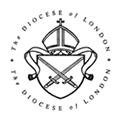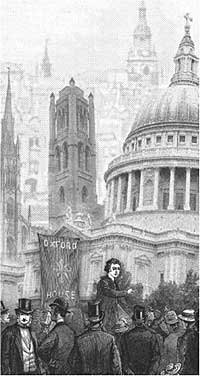Resource Guide: History Audit Case Studies
What follows are case studies of churches that might benefit from a History Audit.
• Church ‘A’ has difficulty in developing lay leadership for mission and ministry. A History Audit reveals that not only has this always been the case, but that there has been a history of powerful individuals within the congregation accruing significant leadership roles to themselves, leaving it difficult for others to develop their potential in the parish. The power has effectively (if not in reality) been handed on from one powerful person (or group or family) to another. The History Audit will help to reveal this tendency within the church community and ways of involving greater numbers of people in leadership might then be more easily explored. The naming of the issue will offer the potential to challenge positively the inappropriate accrual of power.
• Church ‘B’ is seriously considering a major development project, to include an internet café and place to meet in a socially deprived area. Although various pieces of research undertaken both by the church and by the local authority have indicated that the local community is crying out for both these facilities, further, more specific, research by the church indicates that no-one would actually use such a facility at the church. All the talk at PCC is of people being ‘scared off’ by the church until its pointed out that social initiatives by both the local Methodist and Roman Catholic churches are well used. A History Audit then reveals that Church ‘B’ has always had a problem with new initiatives in the local community simply because of its location. Although close to the main road it feels hidden. The audit shows that the plot on which the church was built was purchased for a song because nobody else wanted it. History shows that the issue the church needs to address is that of visibility and profile.
• Church ‘C’ has difficulty in paying its common fund, even though the church is well attended and in a comfortable part of London. A History Audit reveals that there has been a history of members of the PCC feeling that the common fund contributions are disproportionately high and so appealing or questioning them. The result is that there is a general, unquantifiable, feeling that ‘the diocese doesn’t understand us’. This feeling is communicated to the congregation in fairly intangible, but nonetheless real, ways. However, rather than this ever being resolved it is allowed to exist as an uncomfortable feeling. Revealing this in a History Audit can lead to clear exploration and resolution, rather than being left as a festering feeling.
• Church ‘D’ despairs of the fact that just as good, able people are found to work with the mission and ministry of the church they seem to leave. A History Audit shows that this area has always been transient in terms of its demography. Rather than despairing, the naming of this theme will help to put in place strategies for mission which encompass this reality, rather than trying to work against it.
• Church ‘E’ seems to get through incumbents like hot cakes; no one survives more than a few years with a whole heap of apparently different reasons for each leaving. A History Audit reveals that the ‘sanctified’ first incumbent founded the church in his own image. He was a very charismatic person and the mythology suggests huge congregations in the early days. The audit enables some of the mythology to be de-bunked and the rest to be named in terms of the first incumbent’s strengths and weaknesses, thus demonstrating that no successive incumbent is able to succeed because he or she is being (consciously, sub-consciously or unconsciously) compared to the first incumbent and found wanting. In this case the history audit names the issue and invites the leadership and congregation to address it head on, and give the next incumbent space to be them self.






